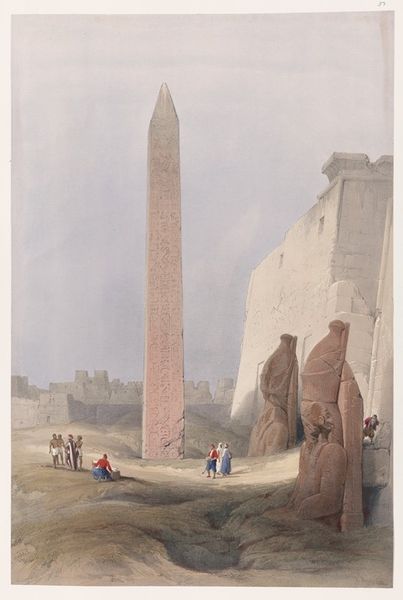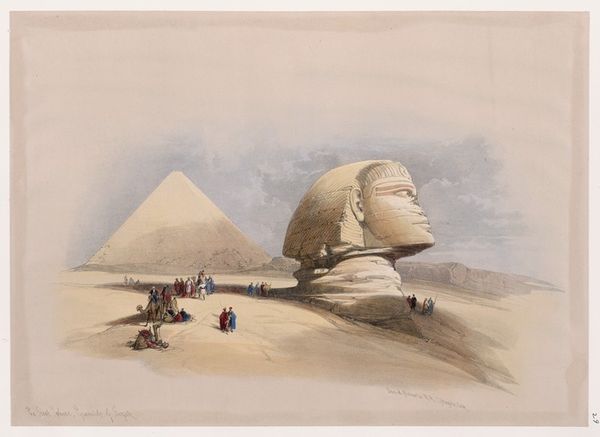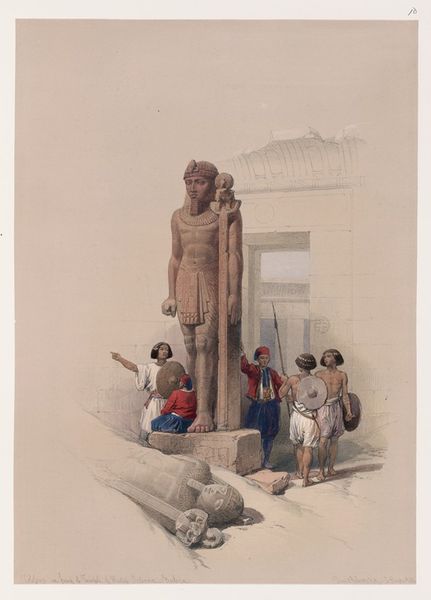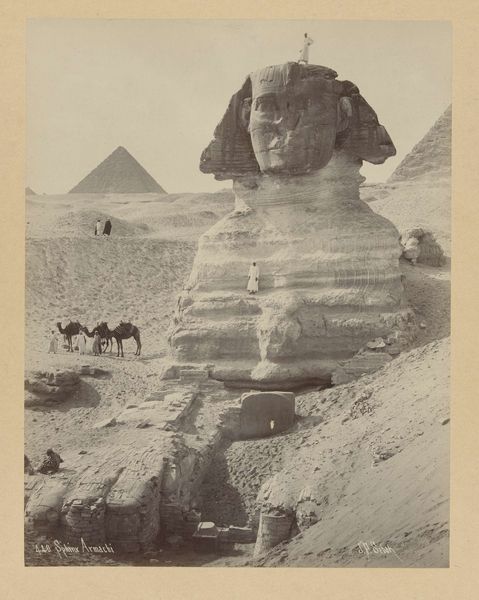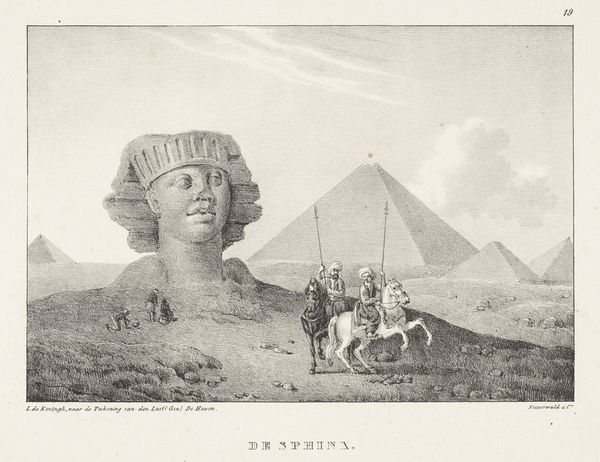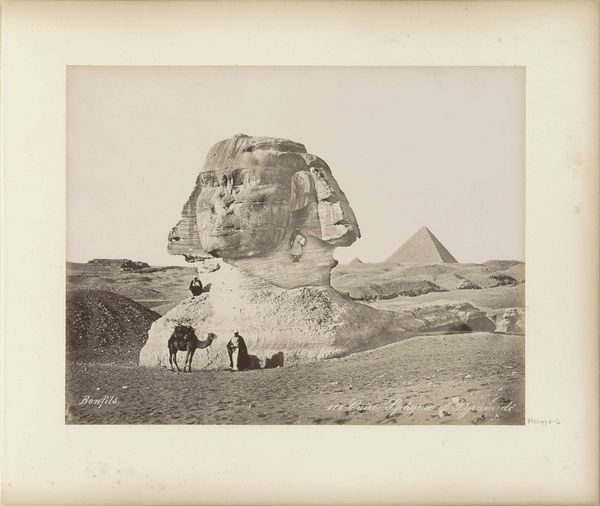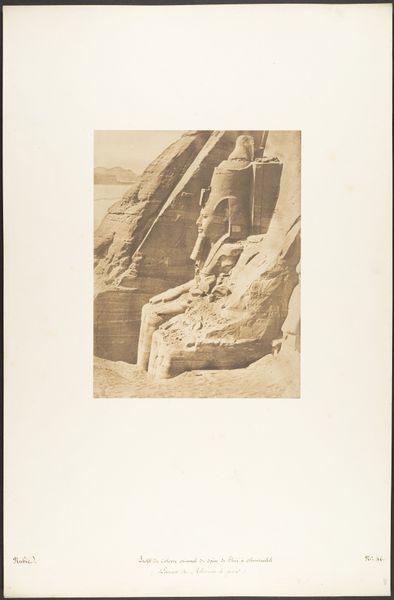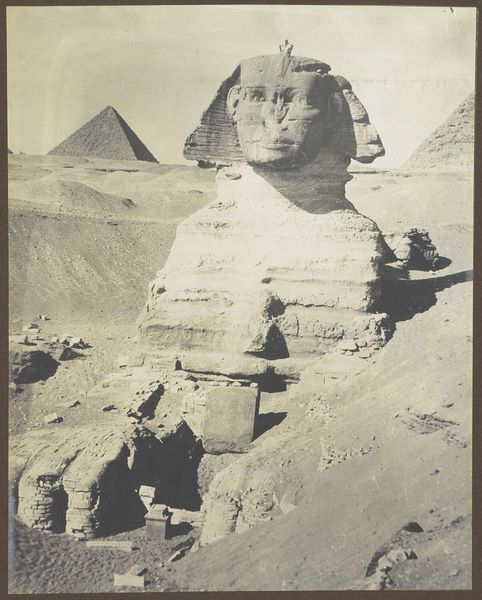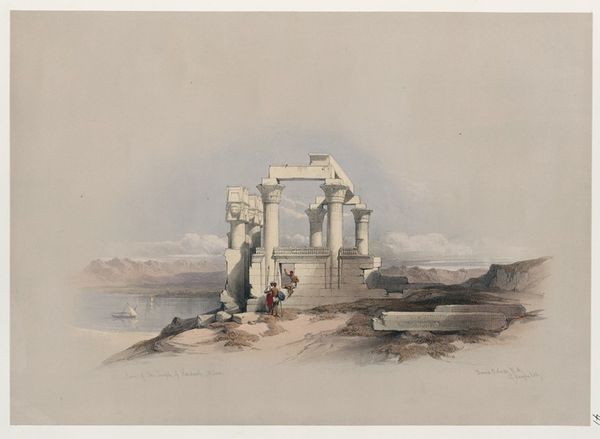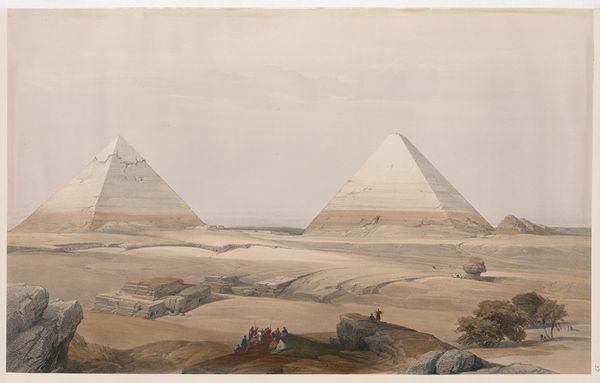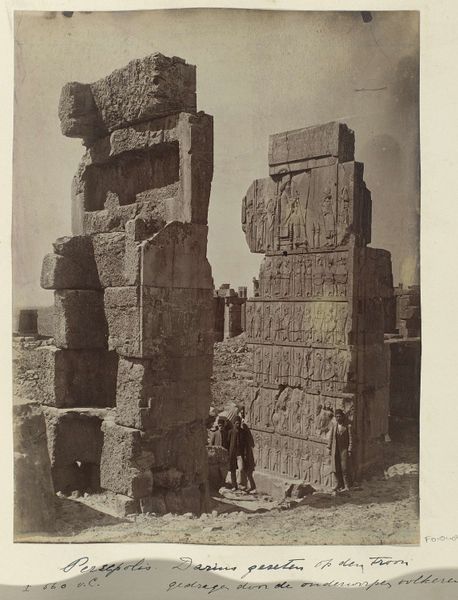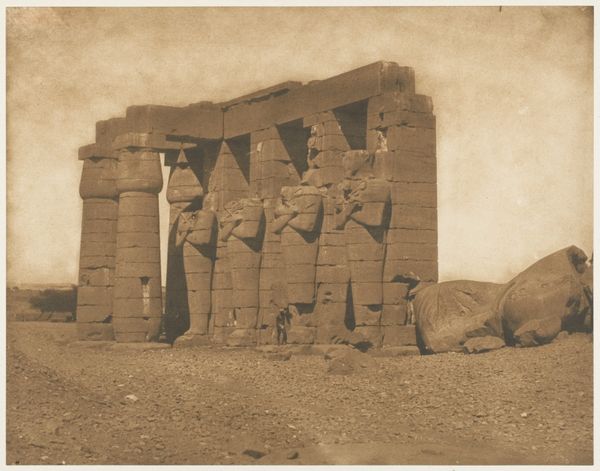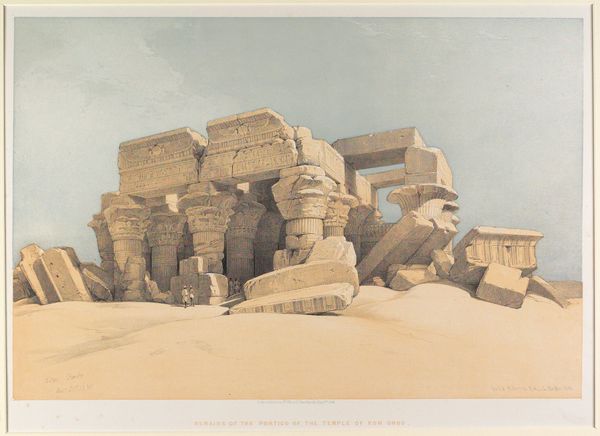![One of two colossal statues of Rameses [sic] II. Entrance to the Temple at Luxor. by David Roberts](/_next/image?url=https%3A%2F%2Fd2w8kbdekdi1gv.cloudfront.net%2FeyJidWNrZXQiOiAiYXJ0ZXJhLWltYWdlcy1idWNrZXQiLCAia2V5IjogImFydHdvcmtzL2M5OTllNjQwLTE3MmEtNGUxNi1iMjFkLTI4OTQzNmJjYjJjZi9jOTk5ZTY0MC0xNzJhLTRlMTYtYjIxZC0yODk0MzZiY2IyY2ZfZnVsbC5qcGciLCAiZWRpdHMiOiB7InJlc2l6ZSI6IHsid2lkdGgiOiAxOTIwLCAiaGVpZ2h0IjogMTkyMCwgImZpdCI6ICJpbnNpZGUifX19&w=1200&q=75)
One of two colossal statues of Rameses [sic] II. Entrance to the Temple at Luxor. 1846 - 1849
0:00
0:00
drawing, watercolor
#
portrait
#
drawing
#
landscape
#
ancient-egyptian-art
#
figuration
#
watercolor
#
ancient-mediterranean
#
watercolour illustration
#
history-painting
#
watercolor
Copyright: Public Domain: Artvee
Editor: Here we have David Roberts's watercolor and pencil drawing, “One of two colossal statues of Rameses II. Entrance to the Temple at Luxor,” created between 1846 and 1849. I am struck by the monumentality of the sculpture depicted compared to the small figures around it, really emphasizing the power of Ramses. What else do you see in this piece? Curator: Roberts’s work presents an interesting intersection of art and empire. The artistic rendering of Egyptian monuments during this period served a clear political function. How do you think images like this, widely circulated in Europe, shaped perceptions of Egypt and its history? Editor: It probably contributed to this perception of Egypt as a place of immense history but also of being, perhaps, a place to be explored and even "claimed" by European powers? A source of resources and antiquity? Curator: Exactly! These artworks played a crucial role in constructing a particular narrative of Egypt’s past. The monumentality you noticed serves not just to showcase Rameses's power, but also to suggest the decline of Egyptian civilization, implying a need for European intervention to “preserve” and “understand” it. What is the implication when Roberts chooses to portray figures interacting amongst the relics? Editor: So the figures sort of naturalize a European presence? Curator: Precisely. The casual presence of people suggests ownership and the right to occupy that space. These images bolstered colonial ambitions. Before modern photography, this type of work played a huge role in establishing that cultural dynamic. Editor: That makes me think differently about travel art of this era, considering its inherent power dynamics and how intertwined art was with colonial agendas. Thanks! Curator: Indeed. Examining the historical context and the public role of such artworks sheds light on their deeper significance.
Comments
No comments
Be the first to comment and join the conversation on the ultimate creative platform.
